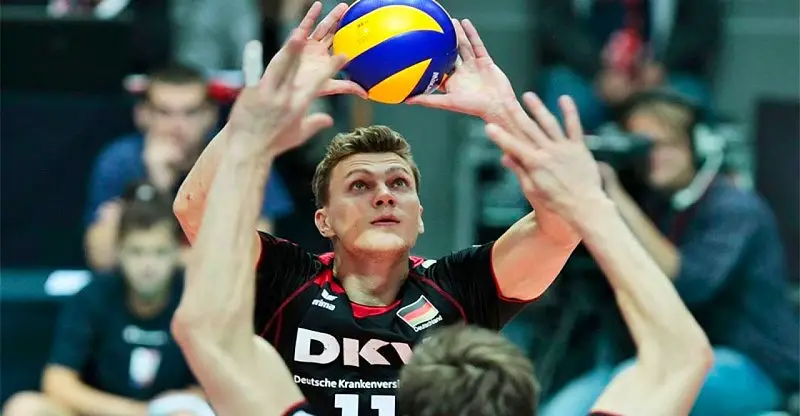4 Keys to Being the Best Setter You Can Be
As a volleyball team consists of six players on the court at any time, each and every position is important, but the setter is often considered as one of the most important due to the position’s ability to make or break a team.
This should come as no surprise, as the setter is considered to play an equivalent role to the quarterback in football, whereby the player touches the ball more than any other play and sets the team up to score.
We believe that there are 4 keys aspects to playing the setter position to the best of your ability with each being just as important as the other.
So what are the 4 key aspects?
Being the Leader
If you’re new to volleyball then you may have noticed that it’s quite common for setters to be the captain of the team. Considering that a setter must possess an excellent understanding of the game to lead the offense effectively this comes as no surprise.
A setter needs to be able to lead on the floor and does this by assessing the opposition’s strengths and weaknesses, as well as their own team’s, and then deciding upon how this can be used to the team’s advantage.
Some examples include noticing mismatches and taking advantage of them, setting up the hitters in the best possible position on court to maximize the chances of scoring, and directing changes in serve-receive patterns by memorizing all the options available every rotation.
It is also important for a setter to inform teammates when they can’t get to the ball, which is another reason why leadership and communication skills are so important.
Mental Toughness
We think that the libero needs to be the most mentally tough player on the court, but the setter comes in at a close second.
Regardless of the position the team might find themselves in (whether they are getting blown out of the water or the game is close), a setter needs to treat each point as completely separate as every other that has come before it. This is because a setter needs to readjust, analyze the situation specific to the upcoming point, and ensure that their team always responds positively despite any setbacks.
In other words, it is paramount that a setter is the coolest person on the team and as soon as the point is over, they are not thinking of what just happened but are instead focusing on the next one.
A setter may also get blamed more often than other players on the court, often when the criticism isn’t justified; for example, when their hitter isn’t successful. A good setter doesn’t argue who’s fault the loss of point was, but rather takes responsibility and moves onto the next point.
Physical Attributes
When we say physical attributes we don’t mean a setter’s height, as no player can change their height, but rather possessing a good vertical jump and working to become more athletic to improve fitness and quickness.
For example, becoming just a fraction of a second quicker is important because it can make the difference in getting to the ball and setting up a teammate to score in the best possible position from a good pass, ensuring bad passes can still be set to hit, or simply not even getting to the ball at all in the first place.
A good vertical jump may be more important when a team plays a 5-1 formation, considering that there is just one setter on the team so more emphasis is placed on the setter’s ability to block at the net. However, even when playing a 6-2 formation, a setter with a good vertical jump who rotates to the front court can ensure that they aren’t subbed for another player who is able to hit and block better than they are able to do so.
Excellent Touch
Second only to athleticism, as a setter must first get to the ball in order to set it, is to possess excellent touch, more specifically an excellent quick touch. For this reason, one of the biggest improvements a setter can make in their game is to work on their ball-handling drills.
As mentioned above, getting to the ball quickly enables the setter to have more time to set the ball in the best possible position, once in this position, an excellent quick touch is the difference between delivering a highly hittable ball to maximize the likelihood of the team scoring, making a hitter’s job that much easier, or not.

